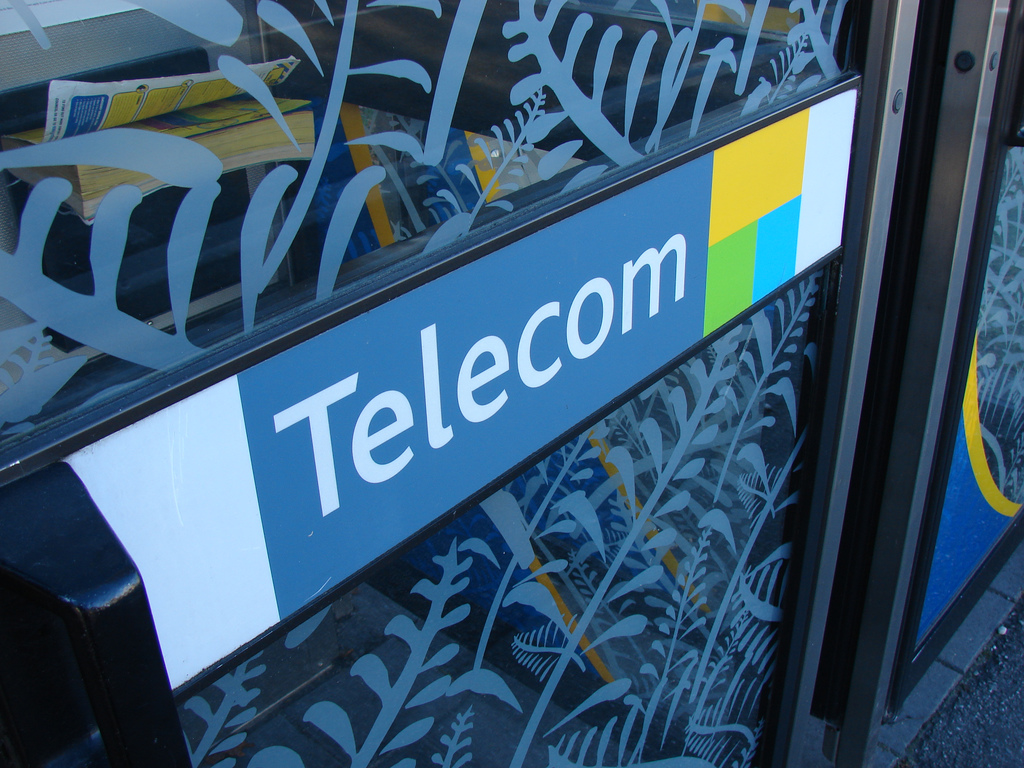Appeared in the Toronto Star on June 1, 2009 as High-speed Net Expensive, Slow: Report In recent months, much of the discussion about high-speed Internet service in Canada has focused on two key issues – net neutrality and the need to bring broadband access to the remaining underserved areas in […]

Telecom by yum9me (CC BY-NC-ND 2.0) https://flic.kr/p/53jSy4
Telecom
CAIP Calls on CRTC To Reverse Bell Throttling Decision
The Canadian Association of Internet Providers has filed an application with the CRTC that calls on the Commission to rescind its November 2008 Bell throttling decision. The application alleges multiple errors of fact and law in the decision and points specifically to the CRTC's lack of a full understanding of the issues raised in the proceeding. CAIP argues that the CRTC specifically launched the larger net neutrality proceeding this summer in order to gain that fuller understanding, but argues that:
A broader proceeding in order to understand the complex issues raised in the CAIP application is a perfectly acceptable and responsible means of developing a thoughtful policy approach and decision on network management. What is entirely unfair and unacceptable, however, is the fact that the Commission rendered Decision 2008-108 without the benefit of a comprehensive understanding of the factual, legal and policy issues at play. In particular, if the Commission did not believe that it had an adequate evidentiary record or did not have a full understanding of the factual and legal issues raised by Bell's throttling of wholesale GAS services to be able to determine in an unqualified and final manner the issues raised in the CAIP proceeding, then it was procedurally unfair for the Commission to have rendered a decision on CAIP's application.
Moreover, CAIP highlights a concern raised by many in the net neutrality world – that the CRTC has already decided many of the bigger issues even before the July hearings begin. CAIP notes that:
The Download Decade Continues
The Globe's Download Decade series continues with a lengthy feature on the iPod, ISPs, and record stores. The package also includes a podcast interview with the RIAA's Cary Sherman, a podcast interview with Rogers Chief Strategy Officer Mike Lee which includes discussion on net neutrality, and a video featuring CRIA's […]
The Untold Story of Do-Not-Call Enforcement (aka Why Killing Do-Not-Call Can’t Come Fast Enough)
Earlier today, I posted on how one of the most significant aspects the anti-spam bill introduced on Friday was not reported or discussed in government briefing materials. Namely, that buried at the very end of the 69-page bill, are provisions that lay the groundwork to kill the National Do-Not-Call list. I noted that the proposed approach is very complicated, but boils down to the government repealing the provisions that establish and govern the do-not-call list. In its place, the Electronic Commerce Protection Act approach of requiring an opt-in would apply, meaning that Canadians would no longer need to register their phone numbers on a do-not-call list.
My weekly technology law column (homepage version, Ottawa Citizen version, Toronto Star version) provides some reasons why that the change cannot come fast enough. The column reports that while misuse of the do-not-call list remains a concern, a review of thousands of pages of internal government documents released under the Access to Information Act reveal that it is only the tip of the iceberg. In addition to lax list distribution policies, the enforcement side of the do-not-call list raises serious alarm bells with the majority of complaints being dismissed as invalid without CRTC investigation, the appearance of a conflict of interest in sorting through complaints, and a regulator that has been content to issue to "warnings" rather than levying the tough penalties contained in the law.
The CRTC documents obtained under Access to Information include a list of companies that have downloaded the do-not-call list. Given the broad exceptions under the law, virtually no charities, survey companies, political parties, or newspapers have acquired it. Instead, real estate agents, car dealers, financial advisors, and lawn care companies dominate the list of over one thousand organizations. Many of those organizations are identifiable, yet there are also over a hundred provincial numbered companies for which little is known, as well as cryptic names such as “My broker office” or “Michele.” It is unclear whether the CRTC invoked further verification before granting access to unknown organizations.
The proliferation of the do-not-call list is certainly disconcerting, but picture that emerges about its enforcement is even more troubling. The documents reveal that the CRTC receives over 20,000 telemarketing complaints each month, many involving the do-not-call list (some complaints may relate to other telecommunications rules that cover automated dialers or curfews).
The initial evaluation of complaints is handled by Bell, which manages the do-not-call list, rather than the CRTC. Bell reviews each complaint and provides a prima facie evaluation of whether it is valid, invalid, or indeterminate (which require further investigation). Despite tens of thousands of complaints, very few have been categorized by Bell as a prima facie violation of the do-not-call list. For example, in January, Bell reported that there were only 42 valid prima facie national do-not-call violations, while 3,033 national do-not-call complaints were ruled invalid (an unknown number of do-not-call complaints were treated as indeterminate).
Fights Over Bandwidth Caps
Bill St. Arnaud asks whether bandwidth caps are the next net neutrality, while a New York Congressman has announced plans to introduce a bill banning the practice.






